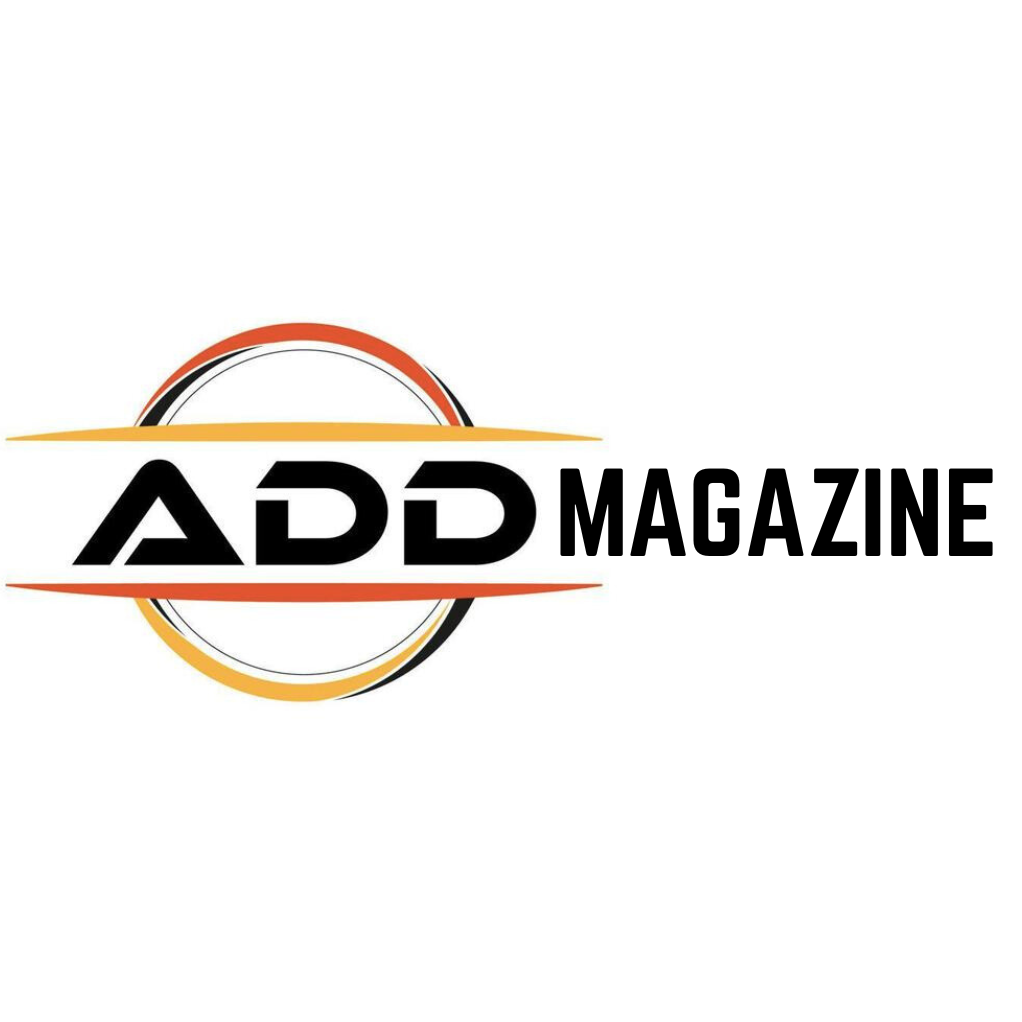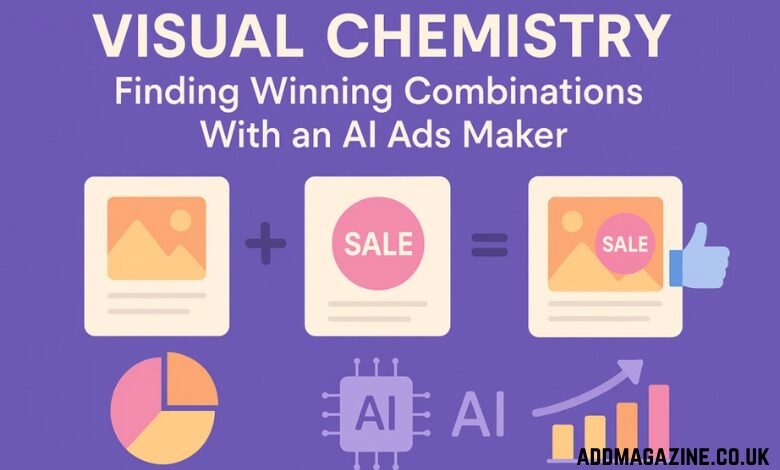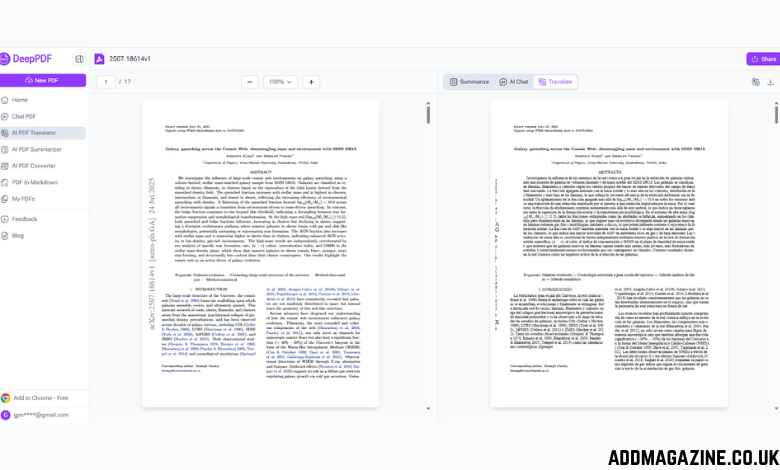Every ad lives or dies on the marriage between what it says and what it shows. Nail the duo and you get thumb‑stopping magic; miss the mark and even the best algorithm can’t save you. In 2025, an AI ads maker can mix copy and visuals faster than a bartender pours espresso shots—but only if you give it a process. The seven‑step framework below turns endless permutations into predictable, scalable winners.
1. Start Wide: Generate a Variant Buffet
Think of your AI ads maker as a creative buffet, not a vending machine. Instead of ordering one soda, ask it to lay out an entire spread of headline, body copy, and image ideas.
Action step – Prompt the tool to craft 10 headlines, 10 primary texts, and 10 image angles that target different emotions (curiosity, urgency, trust). That’s 1,000 possible pairings in less time than a brainstorming meeting.
Sample prompt
“Create 10 headlines (≤ 30 chars) and 10 text blocks (≤ 90 chars) for our noise‑canceling earbuds. Emotions to cover: FOMO, relief, excitement. Pair each headline with an image concept (lifestyle, product close‑up, tech diagram).”
Why it matters: Volume beats guesswork. The more raw material you have, the easier it is to spot potential chemistry.
2. Let Predictive Scoring Do the First Filter
Most modern AI ad platforms offer a creative score—a data‑backed prediction of CTR or conversion potential. Use it like a bouncer at the door.
- Keep anything above 70/100.
- Archive the 50‑69 range for future tweaks.
- Trash anything that flunks under 50.
In minutes you’ll slash hundreds of options down to a curated shortlist that’s statistically more likely to perform.
Reality check – Scores aren’t gospel, but they protect you from launching obvious duds.
3. Run Multivariate Tests, Not Endless A/Bs
A/B testing one element at a time is like learning guitar with one string. Multivariate testing swaps multiple pieces simultaneously headline A + image 1 vs. headline B + image 3, and so on.
Quick setup
- Choose 5‑7 copy lines and 5‑7 visuals from your high‑score pile.
- Let your AI ads maker auto‑build the matrix (25–49 combinations).
- Split even budget across the set for 48 hours.
The platform crunches the data and surfaces the top‑performing couples no spreadsheets needed.
4. Watch the Real‑Time Scoreboard
During the test window, stare at combination‑level metrics CTR, CPC, add‑to‑cart rate rather than ad‑set averages. Your AI dashboard should highlight standouts in green and laggards in red.
- Pause any combo with < 0.4 % CTR after 500 imps.
- Boost 15 % budget on combos topping 1.5 % CTR.
- Duplicate top performers into fresh audiences to confirm lift.
Automation rule: “If CPA < target × 0.8, double spend. If CPA > target × 1.2, pause.”
5. Mix‑and‑Match Winning Elements Into New Hybrids
Your first test might reveal Headline 3 + Image 5 is a rock star, but Body Copy 2 from a killed combo could make it shine even brighter. Use insights to craft generation 2 hybrids:
“Combine top‑performing headline with the lowest‑CPA body copy. Pair with lifestyle image that drove highest add‑to‑cart rate.”
Launch the hybrids in a follow‑up sprint. This iterative dance can double ROAS week over week with minimal extra spend.
6. Segment Success: One Size Rarely Fits All
A combo that crushes with Gen Z might flop with Boomers. Feed the AI your demographic and behavioral segments so it can copy‑split winners:
| Audience | Copy Hook | Visual Style |
| Gen Z Streamers | “Mute the World” | Neon gaming setup |
| Commuter Pros | “Silence the Subway” | Office attire + earbuds |
| Audiophiles | “Hear Every Note” | Product macro + waveform |
Action step – Instruct your AI ads maker to replicate the champion combo with segment‑specific tweaks (color palette, context image, slight tone shift). You’ll maintain consistency while boosting relevance.
7. Lock the Brand Thread, Scale the Wins
Experimentation is fun until your brand voice splinters like a broken mic. Before scaling, set guardrails in your AI tool:
- Mandatory words or disclaimers.
- Approved color codes and logo placement.
- Emoji or punctuation limits.
Once locked, turn on auto‑size adaptations (stories, reels, banners) so the winning combo floods every placement without manual resizing.
Scale trigger – “Increase daily budget 25 % every 48 hours as long as ROAS stays ≥ 5×.”
Rapid‑Fire Checklist
- Variant buffet: 10× headlines × 10× visuals.
- Predictive filter: keep scores ≥ 70.
- Multivariate sprint: test 25‑49 combos for 48 h.
- Live rules: pause < 0.4 % CTR; boost > 1.5 %.
- Hybrid round 2: remix winners with top body copy.
- Segment tailoring: tweak for demographic relevance.
- Brand guardrails: lock tone, colors, disclaimers.
Final Word: Chemistry Beats Coincidence
Finding the perfect copy‑visual combo isn’t luck it’s a repeatable science when you pair an AI ads maker with a disciplined workflow. Generate wide, filter smart, test fast, iterate relentlessly, and protect your brand thread as you scale. Do that, and every ad dollar becomes a data‑backed bet—not a coin toss.
Need a prompt library or a testing template? Drop a line and let’s turn creative chaos into predictable performance.




